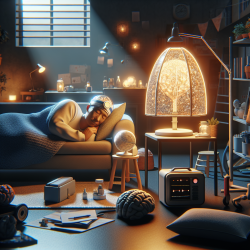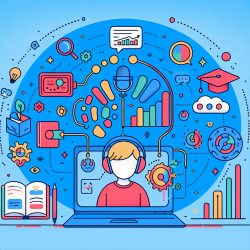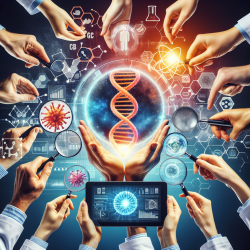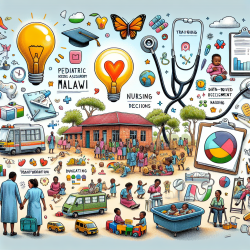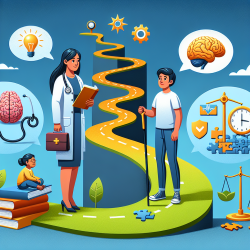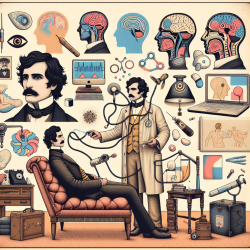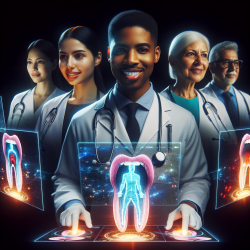Introduction
Acquired Brain Injury (ABI), which includes traumatic brain injuries and strokes, often results in persistent fatigue and sleep disturbances. These symptoms can severely impact the quality of life and rehabilitation outcomes for individuals. Recent research, such as the study titled "Home-based light therapy for fatigue following acquired brain injury: a pilot randomized controlled trial," explores innovative interventions to alleviate these challenges.
Understanding the Study
The pilot study conducted by Connolly et al. aimed to assess the efficacy of a dynamic, home-based light therapy intervention for individuals with ABI. The study compared the effects of a therapeutic lighting schedule against usual lighting conditions on fatigue, sleep disturbance, daytime sleepiness, and other related symptoms.
Key Findings
While the study did not find statistically significant changes in fatigue levels, it did observe medium effect sizes indicating potential benefits. More notably, significant improvements were found in sleep quality, with reductions in sleep disturbances and insomnia symptoms. Additionally, improvements in psychomotor vigilance and productive activity were reported.
Implications for Practitioners
For practitioners working with ABI patients, these findings suggest that incorporating light therapy into treatment plans could be beneficial, particularly for addressing sleep-related symptoms. The study highlights the importance of a comprehensive approach that includes:
- Daytime exposure to blue-enriched white light to enhance alertness and mood.
- Evening exposure to blue-depleted light to improve sleep quality.
- Integration of light therapy into patients' daily routines to maximize compliance and effectiveness.
Encouraging Further Research
While the pilot study provides promising insights, further research with larger sample sizes and diverse populations is necessary to validate these findings. Practitioners are encouraged to engage in or support additional studies to explore the long-term benefits and potential customization of light therapy for individual patient needs.
Conclusion
Home-based light therapy offers a novel, non-invasive approach to managing fatigue and sleep disturbances in ABI patients. By adopting such interventions, practitioners can enhance the therapeutic options available to their patients, potentially improving rehabilitation outcomes and quality of life.
To read the original research paper, please follow this link: Home-based light therapy for fatigue following acquired brain injury: a pilot randomized controlled trial.
